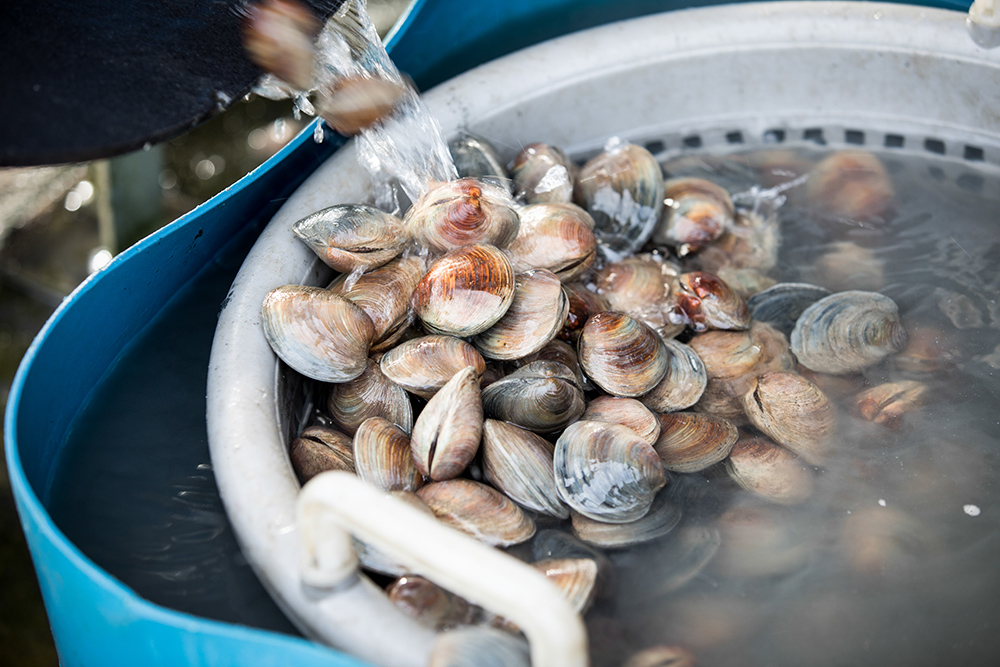Water restrictions aren't the only threat to green Georgia lawns. The searing summer heat is scorching landscapes across the state.
"There are three indicator plants you can look at to see if your landscape is taking a beating from the heat," said Walter Reeves, a University of Georgia horticulture educator.
Check Indicator Plants
"When you're
driving down the road, if you see a tree that's yellow from top
to bottom, it's a yellow popular showing signs of drought,"
Reeves said.
"If you have hydrangeas or impatiens in your flower beds, they're the poster plants for drought stress," he said. "If they're looking droopy, water all your plants. The hydrangeas will recover, but other plants are likely suffering."
Flowers aren't the only plants suffering. Turf is having a tough time, too.
"Keep watering turf if you want to keep your fescue," Reeves warned. "Bermuda and others go semidormant and turn a little yellowish, but they will recover pretty well at the first rainfall. They protect themselves. But fescue just dies."
Water Turf an Inch per Week
He recommends about an inch of water per week. Water early in the morning for the best use of water.
The best thing you can do to help turf through a hot, dry summer, Reeves said, is start it right.
"Fescue that's yellowing and dying right now has a one- to two-inch root system," he explained. "Those with deeper root systems, in yards where the homeowner tilled deep and put down rich organic matter, are doing better."
If the summer heat and drought continue, UGA extension horticulturist Gary Wade offers these landscape-saving tips:
Landscape-Saving Tips
* If your annuals and perennials are stressed, cut them back about halfway. If they wilt badly, cutting them back will help them survive.
"There's no use to try to keep the foliage going in this heat. And you'll have to sacrifice some flowers," Wade said.
"Reducing the top will place less demand on the roots for water," he said. "The plants will come back beautifully in a few weeks, and they will likely bloom again this fall."
* The same is true for woody ornamentals like gardenias or hydrangeas. Cut them back to half or a third of their normal size.
"They will come back," Wade assured. "They won't be setting the blossom buds until later this summer. So pruning now shouldn't affect next year's flowers."
Decide Which to Save
"If the heat and dry weather continue more than 20 days without a break, people have to make a decision," Wade said. "They need to decide what they need to save in the landscape."
That's a tough decision for gardeners who have nursed their landscape throughout the summer. Here's how to decide.
"Think of replacement value," Wade said. "Save valuable trees or shrubs, and water them. Herbaceous plants and turf can be replaced."
The Art of Watering Trees
Watering trees may seem daunting, but it's not if you do it right.
"You only need to water about 25 percent of the root area of a tree or shrub for the water to be used by the whole plant," Wade said. "Once the water is absorbed, it moves throughout the plant."
Set your watering hose under the tree several feet out from the trunk. Turn it on at low pressure so the soil has time to absorb it. Let it run 15 or 20 minutes to saturate an area under the tree. "That should be sufficient," he said.
Don't forget to check your mulch, too. "Adding more mulch can help save the moisture already in the soil," Wade said.
(Photo by Sharon Omahen, UGA College of Agricultural and Environmental Sciences.)






